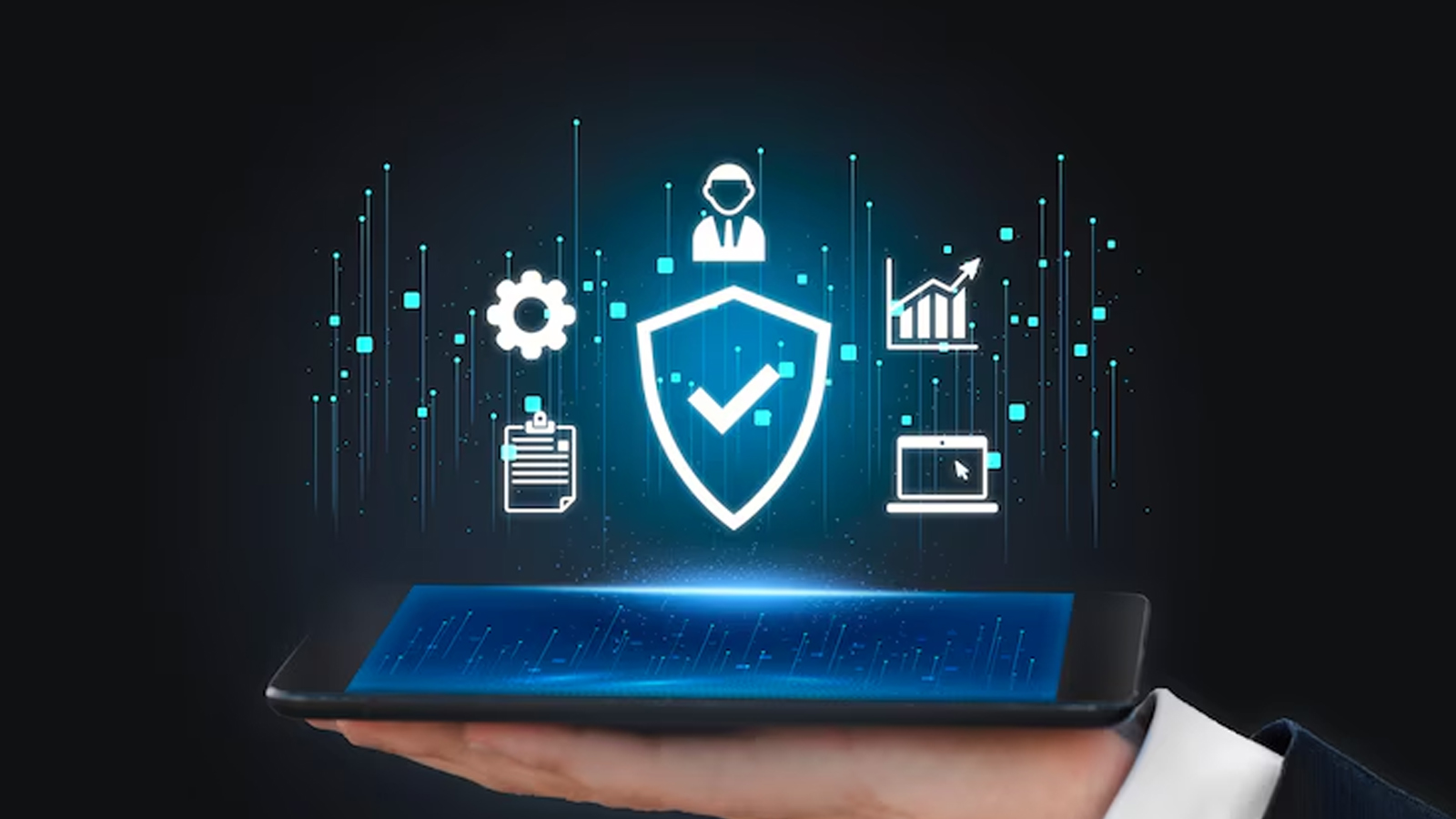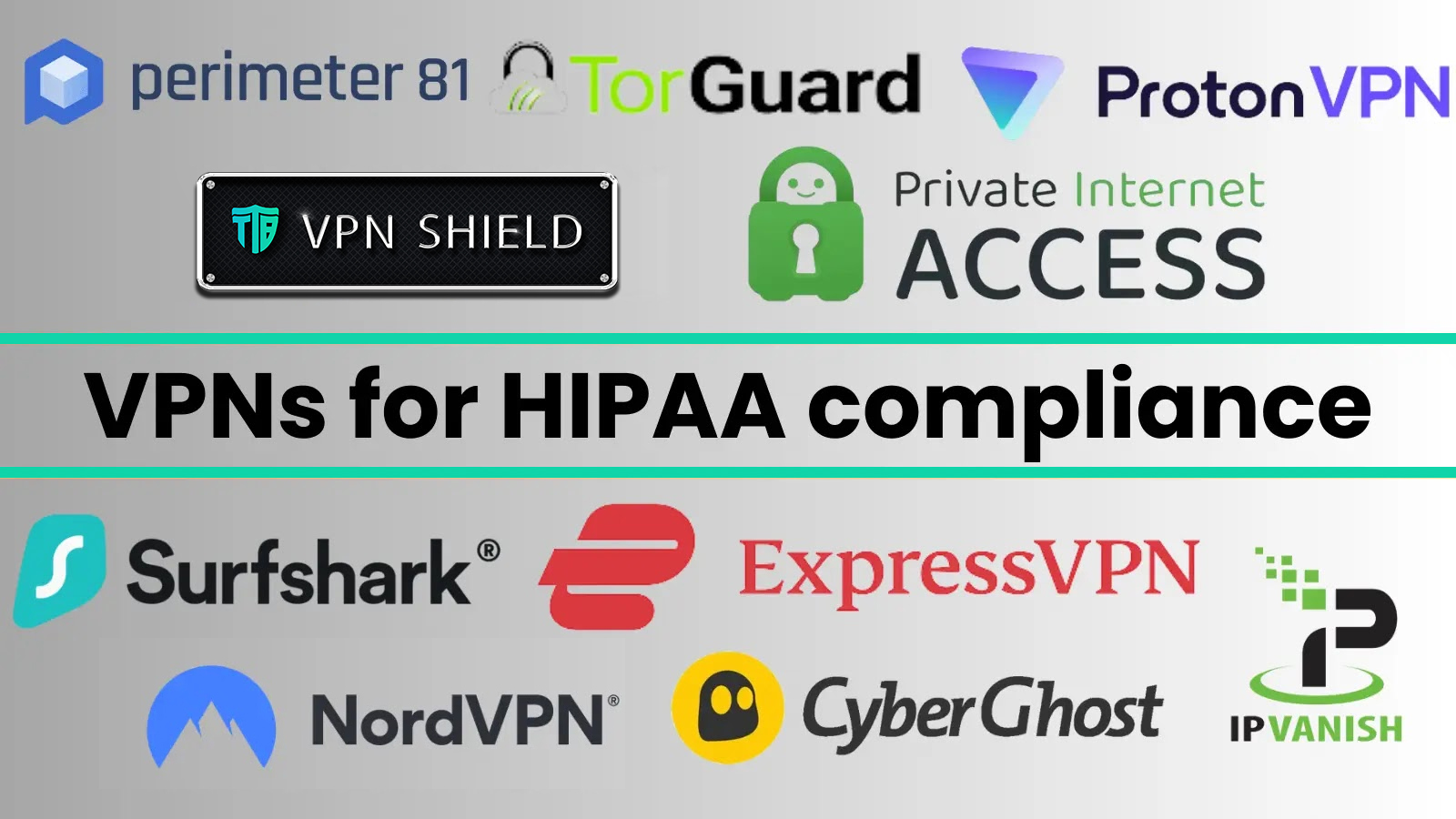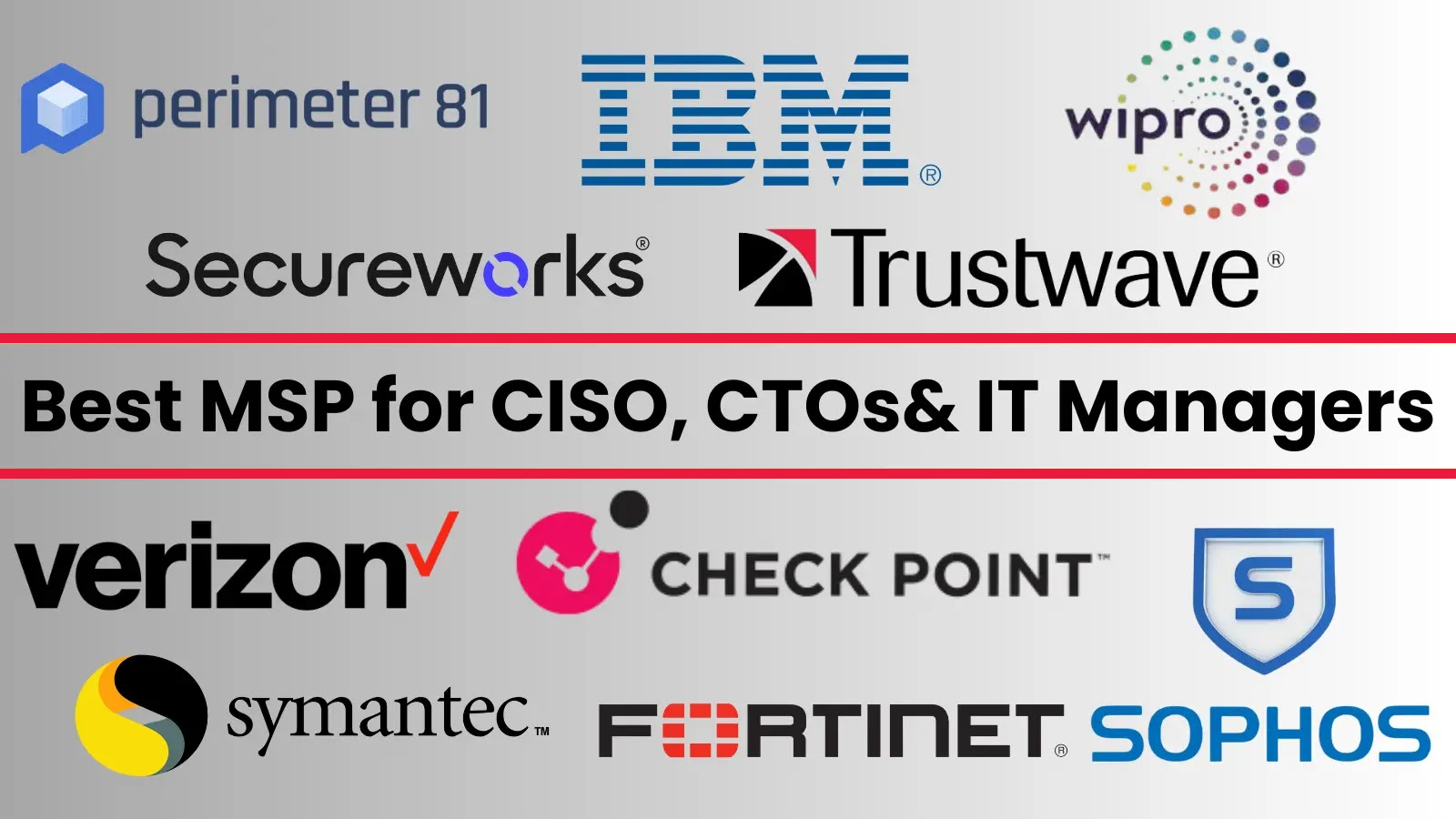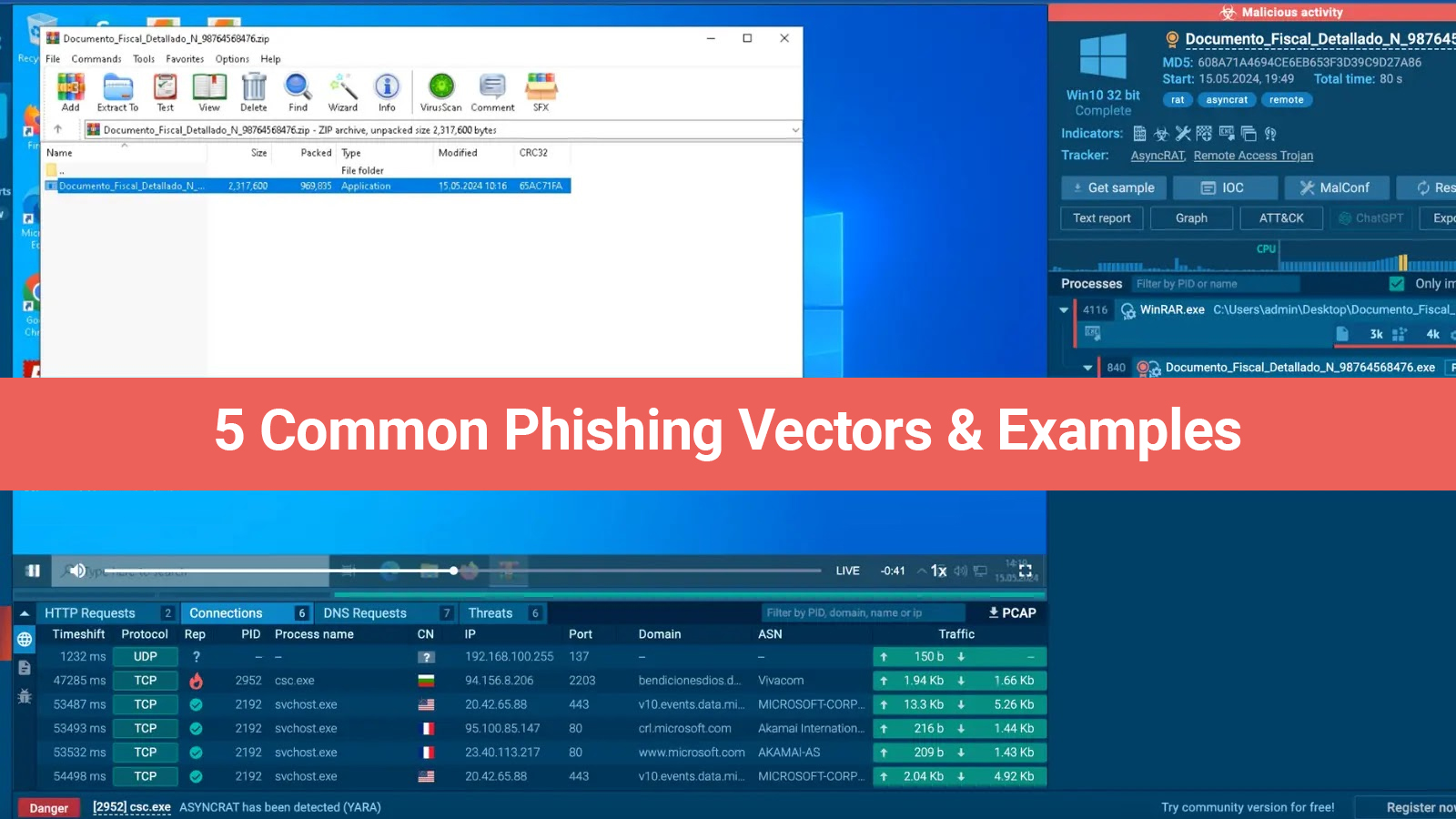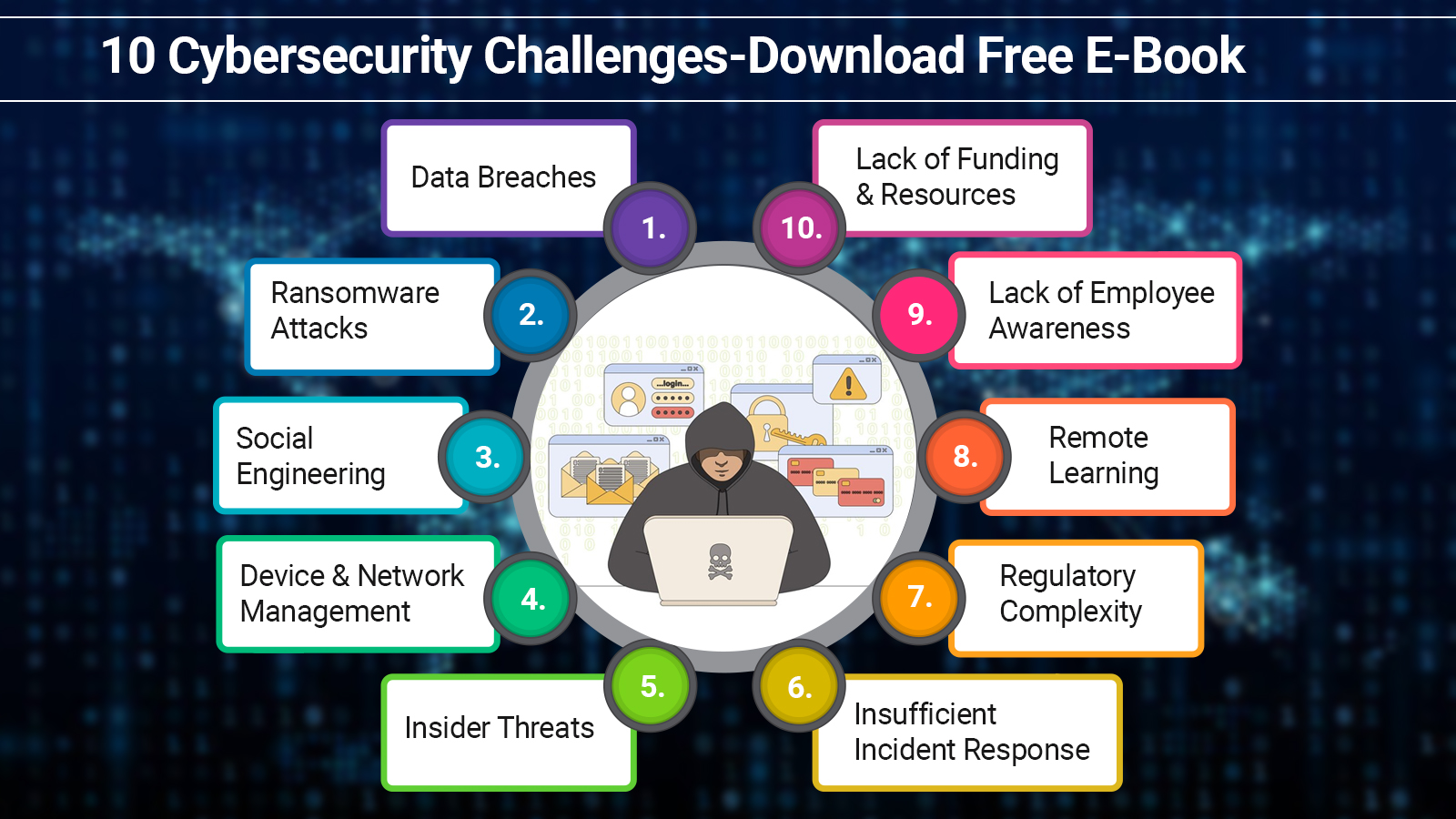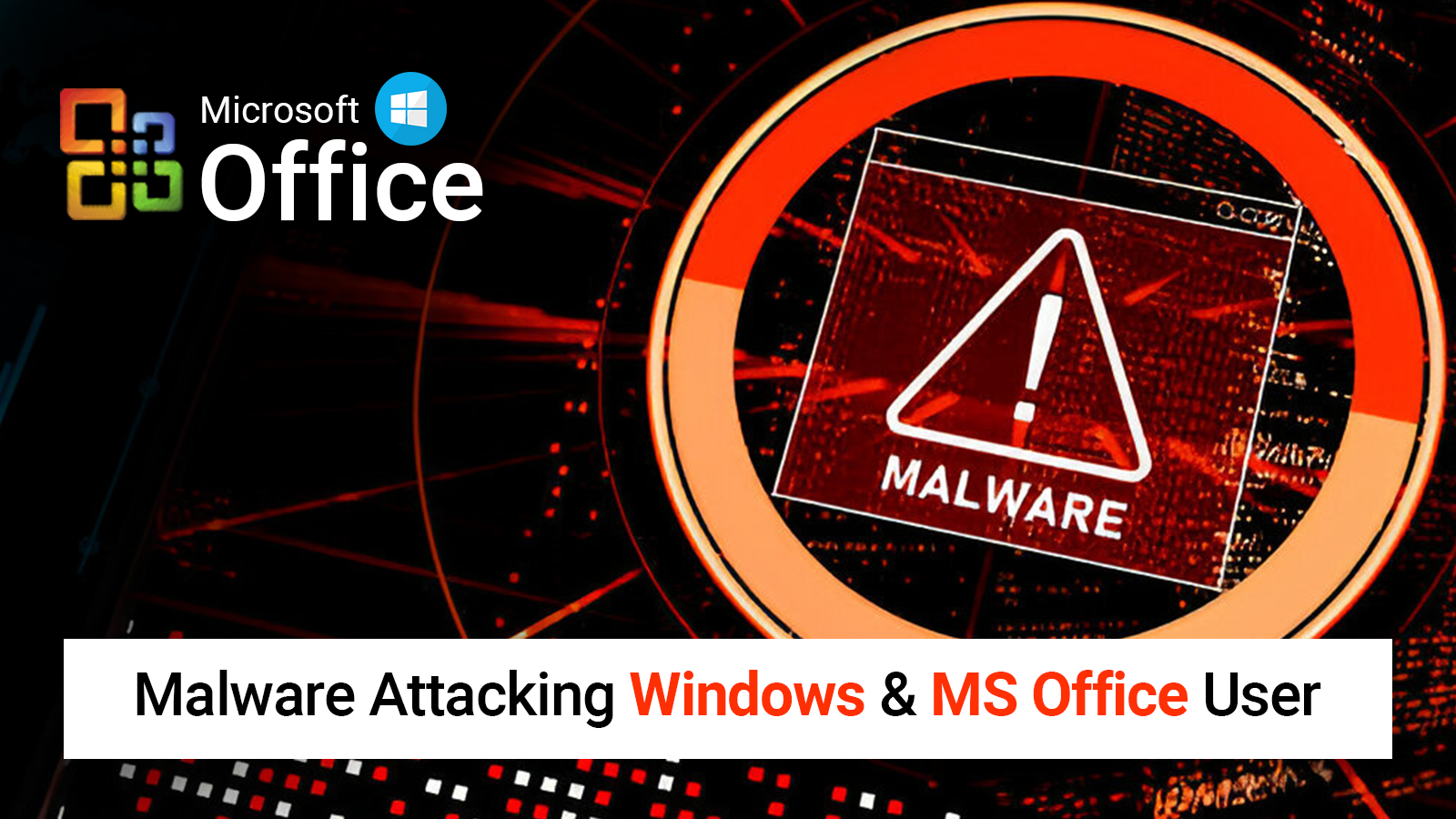According to a report by IBM and the US FBI, there’s been an almost 300% increase in cyberattacks since the pandemic. Hackers fed upon the opportunities to target healthcare systems in a majority, by exploiting common loopholes in system security.
While the health sector is the worst affected by cyberattacks, finance, manufacturing and energy also observed a similar surge. In essence, the pandemic has transformed what in today’s world is known as critical infrastructure, and hackers took note.
One enduring factor that remains a possible reason for the surge, is human error. Lack of knowledge, limited exposure to technology, and inadequate training are some of the things that need addressing as threats become increasingly sophisticated and unpredictable. Also, solutions that help protect information and systems have become the need of the hour. In this blog, we’ll discuss how focusing on the human element of your organization may help ensure cybersecurity and keep your systems protected.
The need for addressing the human factor
Cybersecurity researchers revealed that there was an increase in cyberattacks of all types. A major percentage of these were contributed by ransomware, email phishing being second, while malware intrusion attempts ranked in third place. Furthermore, given COVID-19, people were more likely to click on malicious links bearing the tag of a pandemic-related hot topic.
While there has been an improvement in security protocols being deployed to identify and block cyberattacks, it is a prudent idea to exercise additional control by training your staff and making them aware of risks associated with cyberattacks.
Furthermore, system security tools like antivirus programs, DNS-based security software, network scanning systems, DLPs, web gateways, etc. are helpful but not 100% effective. This is why the human factor is a major element that needs addressing as it can significantly reduce the chances of a security breach occurring at your business.
Here’s how to do it the right way!
A study reveals that almost 44% of the cyberattacks are a result of human error caused by the lack of awareness and knowledge of cybersecurity principles. Making information security awareness a part of the training culture will turn out to be more effective in ensuring cybersecurity and protecting organizational assets. It will also help cultivate a positive behaviour change and develop organizational immunity against possible threats.
In August 2020, a TESLA employee was offered $500,000 in cash or Bitcoin to install ransomware via USB or open a malicious email attachment. This hacker would then move forward to encrypt system files and demand ransom of over $5M. However, this attempt was unsuccessful as the loyal TESLA employee reported the incident over to the senior staff immediately. This example perfectly illustrates the importance of employee education and awareness in terms of cybersecurity.
Furthermore, besides training your staff, giving due importance to the training schedule will help reinforce the learning and keep them up to date with the recent occurrences. Real-time awareness here is the key. Here are some steps you can follow to cultivate the cybersecurity awareness culture in your organization and strengthen the human element:
- Identify a team from different departments who will help educate the rest of the staff on board, and even in the departments who have far no relation with cybersecurity. The TESLA example will give you a solid reason.
- Make sure to follow up on any risky behaviour detected on the network. Immediate action will help employees learn what actually triggers that behaviour so they can take remedial steps to prevent such acts in the future. Don’t forget to spread the word among fellow employees who also need to be made trained.
- Training sessions based on employee knowledge assessment and other security feature simulation will help ensure the achievement of desired learning outcomes and effective blanketed awareness among all. Security attack simulations help your employees understand how a real attack will look like and what must be done to avoid systems from being put at risk.
- Discourage employees from downloading software and applications from third-party and unverified sources as they may pose a serious threat to your system security.
- During new employee onboarding, make it a rule to impart essential training and education to get them to adjust to your organization’s cybersecurity culture. This will help you save time and effort that goes wasted during in-person sessions.


